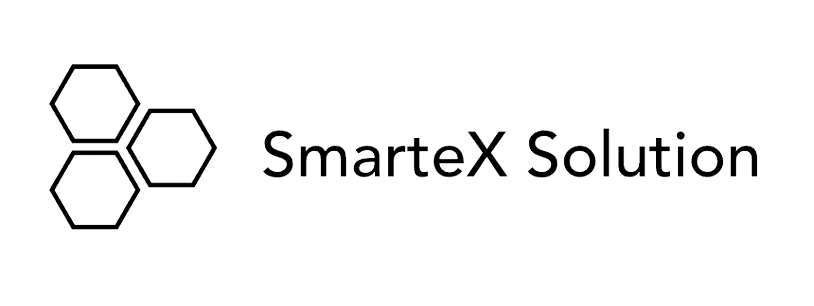
Mastering workplace communication strategies is essential for professional success. This article explores the vital techniques for elevating workplace relationships, improving collaboration, providing constructive feedback, resolving conflict, and communicating virtually. Learn strategies like active listening, clear messaging, interpreting body language, overcoming barriers, tailoring your approach, and continually improving skills. Applying these workplace communication strategies will strengthen your ability to lead, unlock your potential, and drive results.
The Importance of Effective Workplace Communication Strategies
Effective communication is the cornerstone of workplace success. In today’s interconnected business world, your ability to convey information clearly and concisely can elevate professional relationships and achieve career goals.
Active Listening: The Foundation of Productive Communication
One of the most important workplace communication strategies is active listening. This involves fully focusing on the speaker, understanding their message, and thoughtfully responding. Active listening improves meaningful conversations and successful outcomes.
Clear and Concise Messaging
With so much information flooding the workplace, brevity is key. Craft clear and concise messages to convey ideas without overwhelming your audience. Whether composing emails, making presentations, or having discussions, concise communication makes an impact.
Interpreting Nonverbal Cues and Body Language
A significant portion of communication is nonverbal. Facial expressions, gestures, and body language convey emotions and attitudes. Align your words with positive body language for consistent messaging.
Tailoring Your Communication Style
Adapt your communication style for different audiences like colleagues, clients, and supervisors. Tailoring your approach makes messages more meaningful and impactful.
Overcoming Communication Barriers
Identify and overcome communication barriers like cultural nuances and language differences. Ensure your message reaches recipients clearly by addressing these obstacles.
Providing and Receiving Constructive Feedback
Feedback guides growth and improvement. Provide motivating, constructive feedback to colleagues. Handle feedback gracefully to enhance your own skills.
Resolving Conflicts through Clear Communication
Conflict resolution relies on clear communication. Listen actively, find common ground, and maintain empathy when having difficult conversations.
Virtual Communication Strategies
Mastering virtual communication is vital for remote workers. Build strong virtual relationships by overcoming challenges like technology barriers.
Continuously Improving Communication Skills
Effective communication requires lifelong learning. Seek opportunities to hone techniques, learn trends, and achieve workplace success through excellent communication.
Additional Workplace Communication Tips
Here are some additional tips for improving communication in the workplace:
- Hold regular team meetings to encourage open dialogue
- Provide context and background when communicating tasks
- Follow up important conversations with email summaries
- Avoid workplace jargon and acronyms when possible
- Clarify expectations and deadlines for deliverables
- Give public recognition for achievements and milestones
- Address issues promptly before they escalate
- Provide opportunities for informal social interactions
- Encourage respectful debate and feedback
Conclusion
Mastering these workplace communication strategies can elevate your leadership, collaboration, and conflict resolution abilities. Prioritize clear and empathetic communication to foster positive professional relationships. Consistent improvement will help unlock your career potential.






